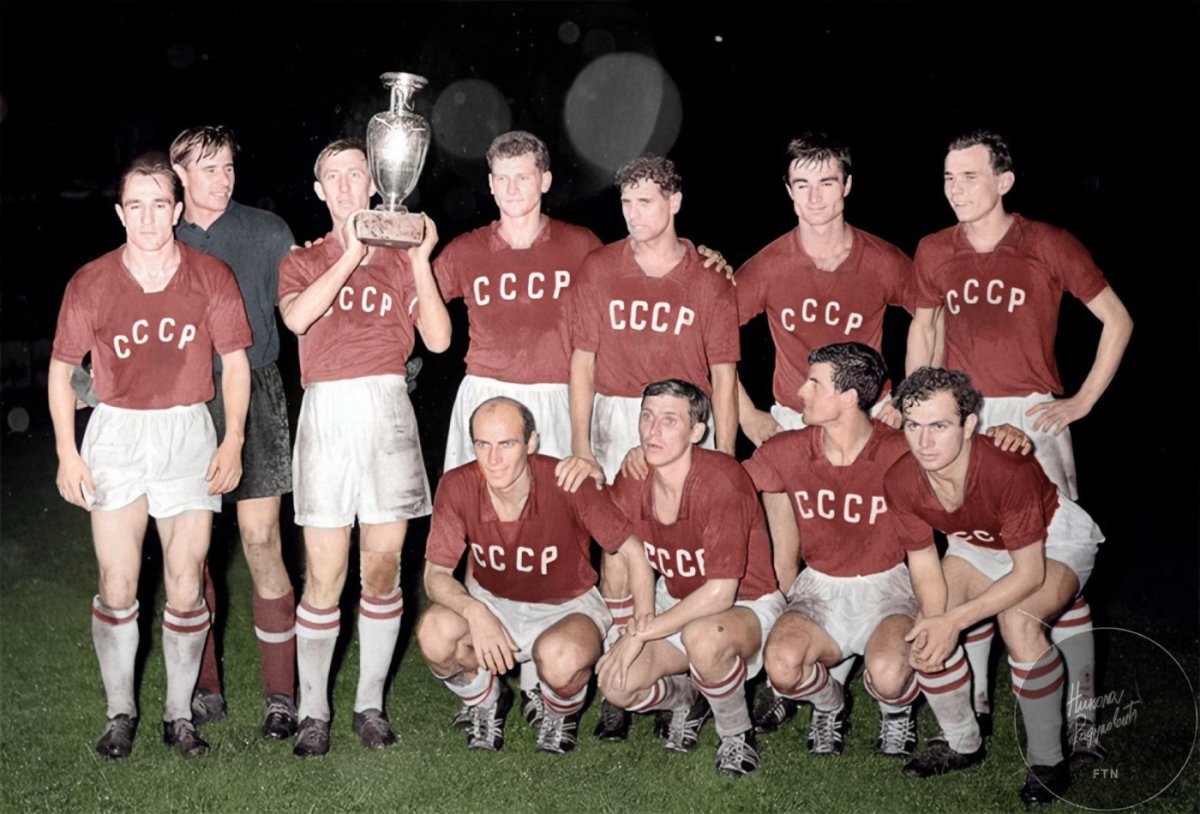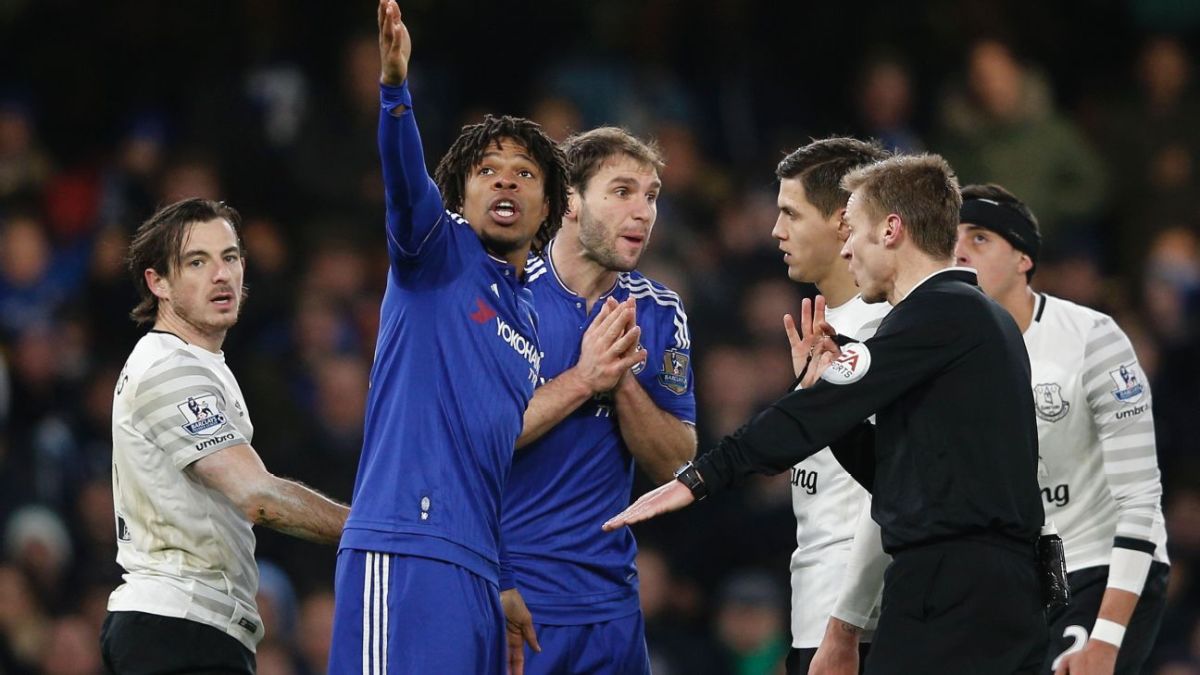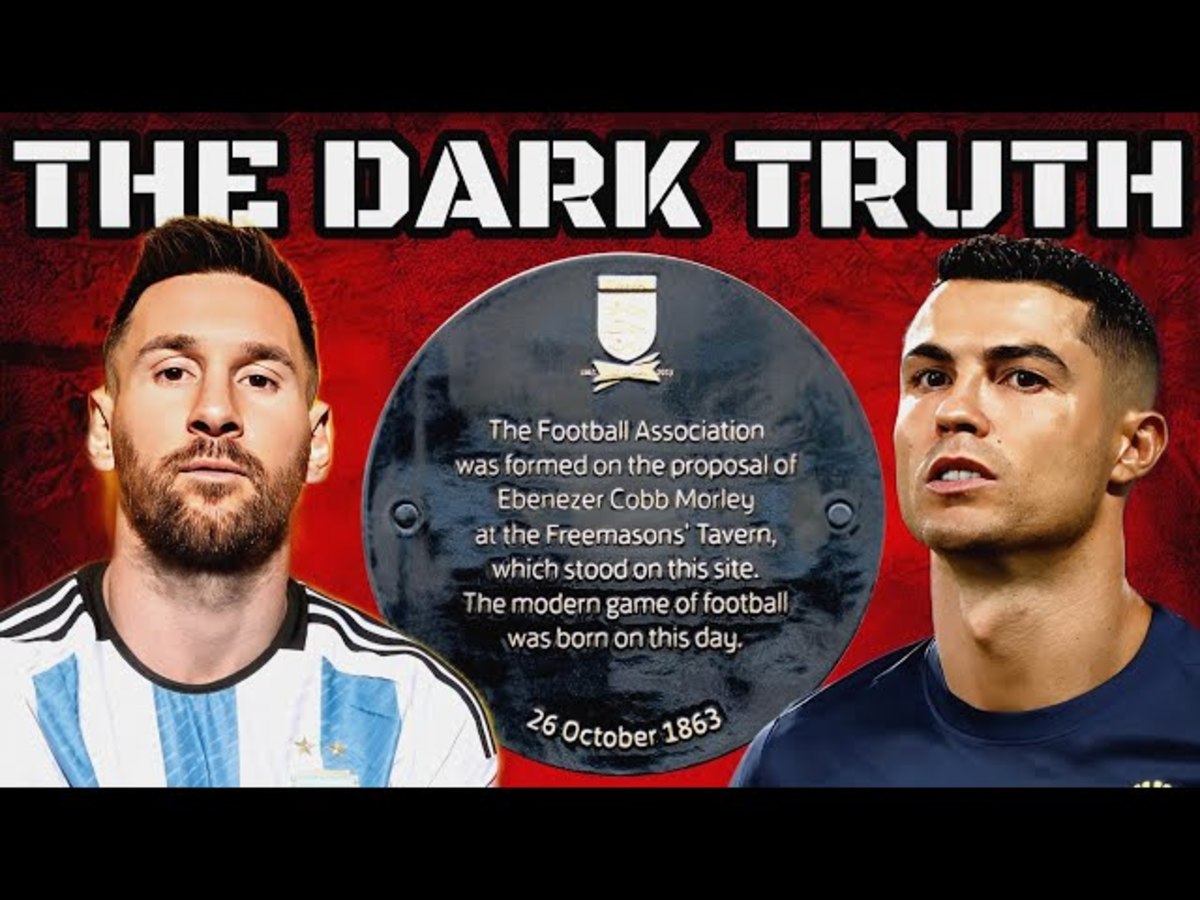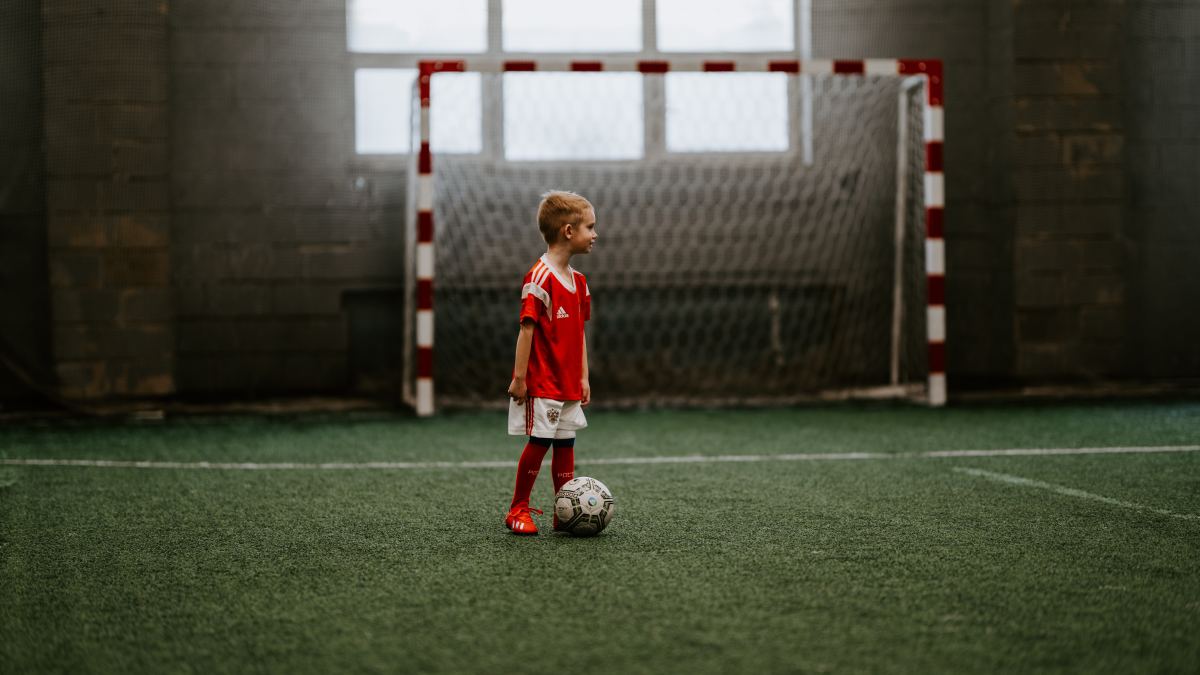Reach Your Footballing Potential Quickly and Easily With These Simple Drills!
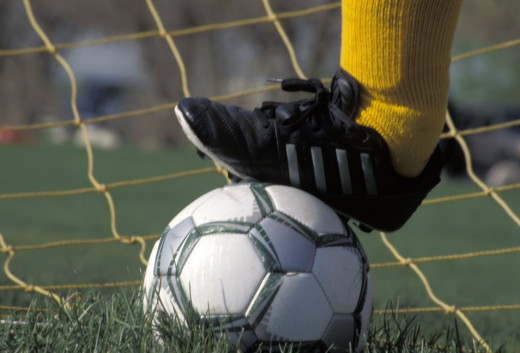
This article contains a few tips on how to improve your overall football game on your own. It is often noted that the best footballers in the world and of all time used to train for long hours on their own, long after the rest of their teammates had left the training ground. Two of the most famous and well-publicized footballers who used to do this are no other than Cristiano Ronaldo and David Beckham.
Before we start, let me give you a quick overview of who I am and why I care about improving your footballing game. I’m a lifetime lover of football, and although I’ve never played at a professional level, I decided to become an FA licensed coach and help develop young players on a voluntary basis. The one thing I’ve noticed is that although many good young footballers undoubtedly have talent, they also spend a huge amount of time playing football. If you want to be better, the tips below – all of which you can implement on your own – will help you become a better football. It doesn’t matter how old you are either, as you can always improve your game – whether you are 8 years old or 60 years old. Although these tips will be aimed primarily at youngsters wanting to be better footballers on their own, they can be modified for older players.
To get the most obvious answer out of the way first, my first tip is to play as much football as you can. There are very few training drills and practices that can completely replicate how the game is played, so the best advice (especially if you are young) is to play as much football as you can. Join a Saturday or Sunday team, play 5-a-side with your friends, play in school breaks or after school. All of these will ensure you become well-rounded, and don’t disregard 5-a-side or small sided football, as some of the most skilful players in the world developed their skills doing exactly this.
Of course, you must also remember not to play too much. An ideal amount would be 3-4 times a week for an hour at a time, which can easily be fit in as follows:
1 training session with your team.
1 match with your team.
1 5-a-side match with some friends.
1 after-school session with friends.
Add to that lunchtime sessions and you have a great range of football as a base to develop as a player. Always remember not to jump into tackles and risk injuring anyone (including yourself), and always stretch before and after playing.
Although you can make great improvements on your own, if you want to be a better team player, you have to play with a team – preferably a variety. Don’t worry about your skill level either, as chances are teams are always looking for players, so find one and make an enquiry.
The second tip would be to exercise. A lot of young and old players overlook this aspect of football, but in today’s modern game it’s one of the most important aspects of a player’s development. Most of the time you are running in football, especially if you are playing in midfield, thus it’s a great idea to take up a running program in the mornings or evenings. Google ‘Couch to 5k’ for a great program that will take you well ahead of many others. Being physically fit will give you an advantage over everyone else, and if you want to get physically stronger, a good dose of calisthenics or weightlifting can really help your game – especially drills focused on legs. Chelsea midfielder Ramires stated in an interview with 442 magazine that solely doing barbell squats had massively improved his stamina and strength on the field. Find a good beginners program and go from there, or join a gym.
- Play
- Exercise
- Ball Skills/Touch
- Watch and Learn
- Be open-minded
Thirdly is to improve your ball skills. In my opinion there are two great ways to do this on your own:
1 – Kick all ball against a wall repeatedly.
2 – Practice kick-ups (keepy-ups). See video below on how to do them.
Although number 1 may seem boring and questionable it’s a great way to improve your touch, reactions and technique in general. Learning to deal with a huge variety of balls coming at you will make you a better player when receiving the ball on the field, and to improve your accuracy aim for a specific spot. I used to do this for hours as a child (I had limited access to a Sega MegaDrive, and certainly no FIFA or PES to play). The result is that I feel comfortable passing and receiving the ball, no matter where it’s coming from or going to, and you will too.
Number 2 is a great way to improve your touch and skills. Not only is it impressive when you get into the hundreds, but it’s a great way to learn good technique. Be sure to use your entire body – feet, thighs, head and chest for a full football technique drill. The greatest thing about kick-ups is that they can be done pretty much anywhere.
The fourth tip is to learn and better understand the game. Watch football when it’s on (Premier League, Spanish League, Bundesliga) and look at what the best players are doing – watch their positioning, the way they pass, the way they run, everything. Focus on specific players if you can, and watch their movement. This will help you develop the ability to read a game better, e.g. see where others are, where opportunities lie, and to pass and move into space.
Lastly, always be open to playing anywhere. In simple terms, be willing to play as a goalkeeper, defender, midfielder and attacker. This is crucial to become a well-rounded, complete footballer. The Dutch developed a system called total football, where all players would have to play everywhere. What this did was give them a complete understanding of the game.
Too many youngsters want to play upfront or in an attacking role, wanting all the glory for themselves. Unfortunately this stumps their development – by learning to play in defence if you’re usually an attacker, you get to see what your defenders need e.g. support from the front, options in midfield. Also, by being able to play everywhere, you’ll be in high demand, as most people want to play as strikers or attacking midfielders.
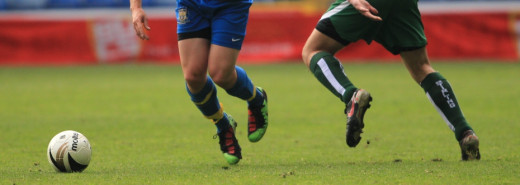
So there you go. Take these tips, use them, and then let me know if they helped you improve your game. Remember, patience and repetition is key here; it’s no good doing something for one day and giving up. Over the course a few months implementing these tips, you’ll no doubt be a better footballer, and who knows - maybe the best football player of all time!

